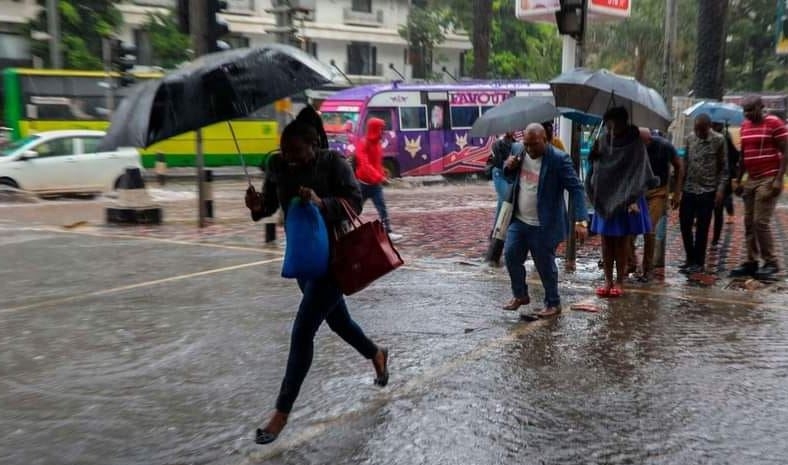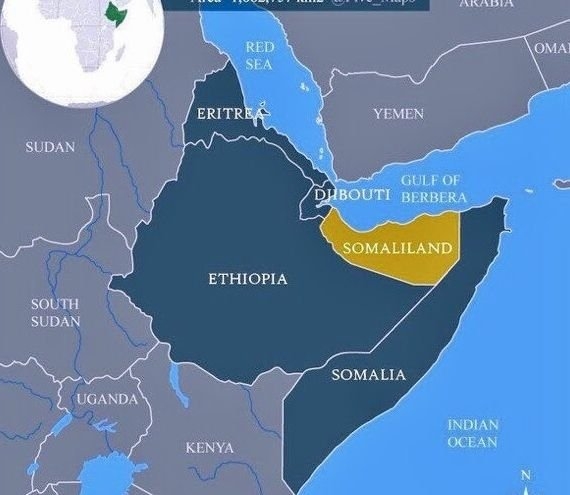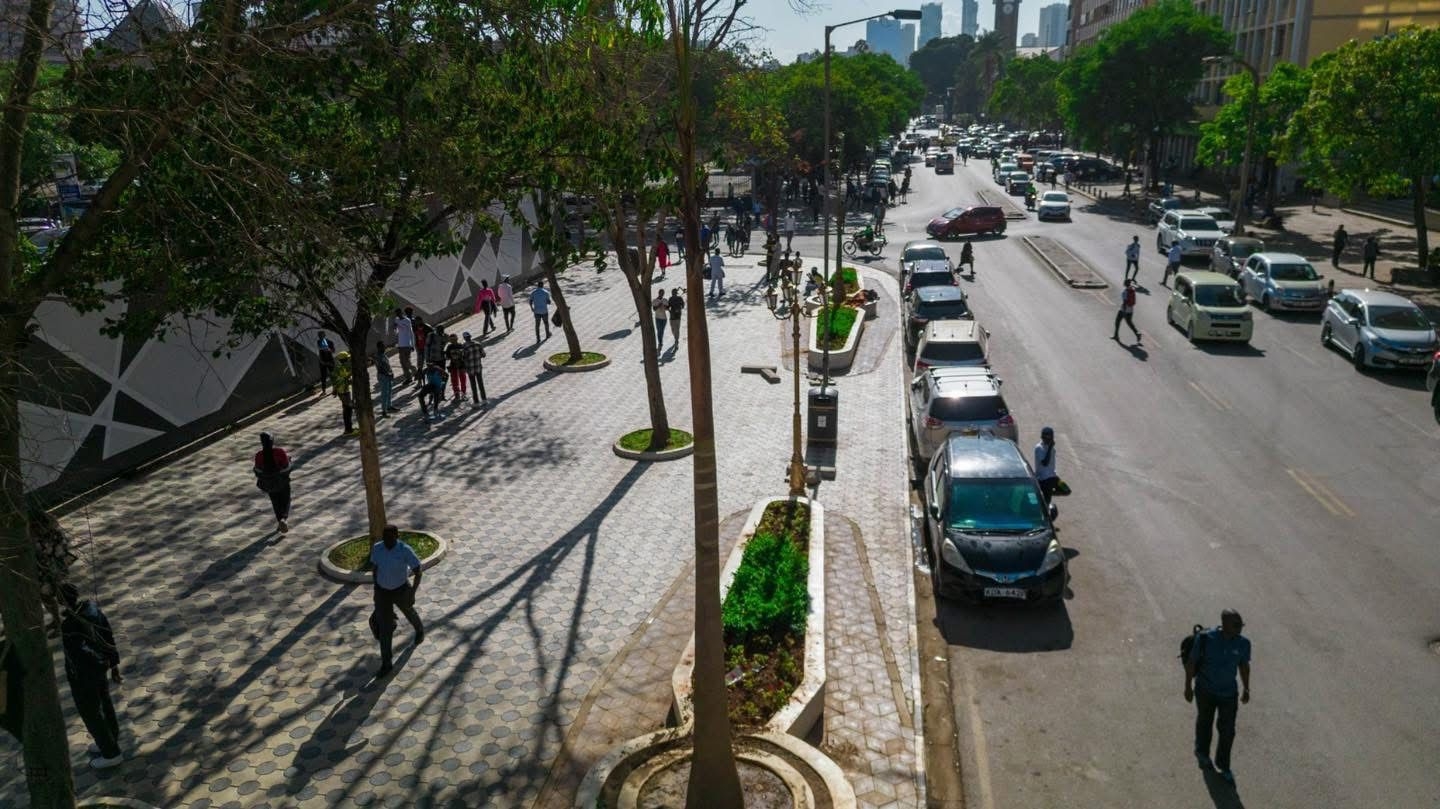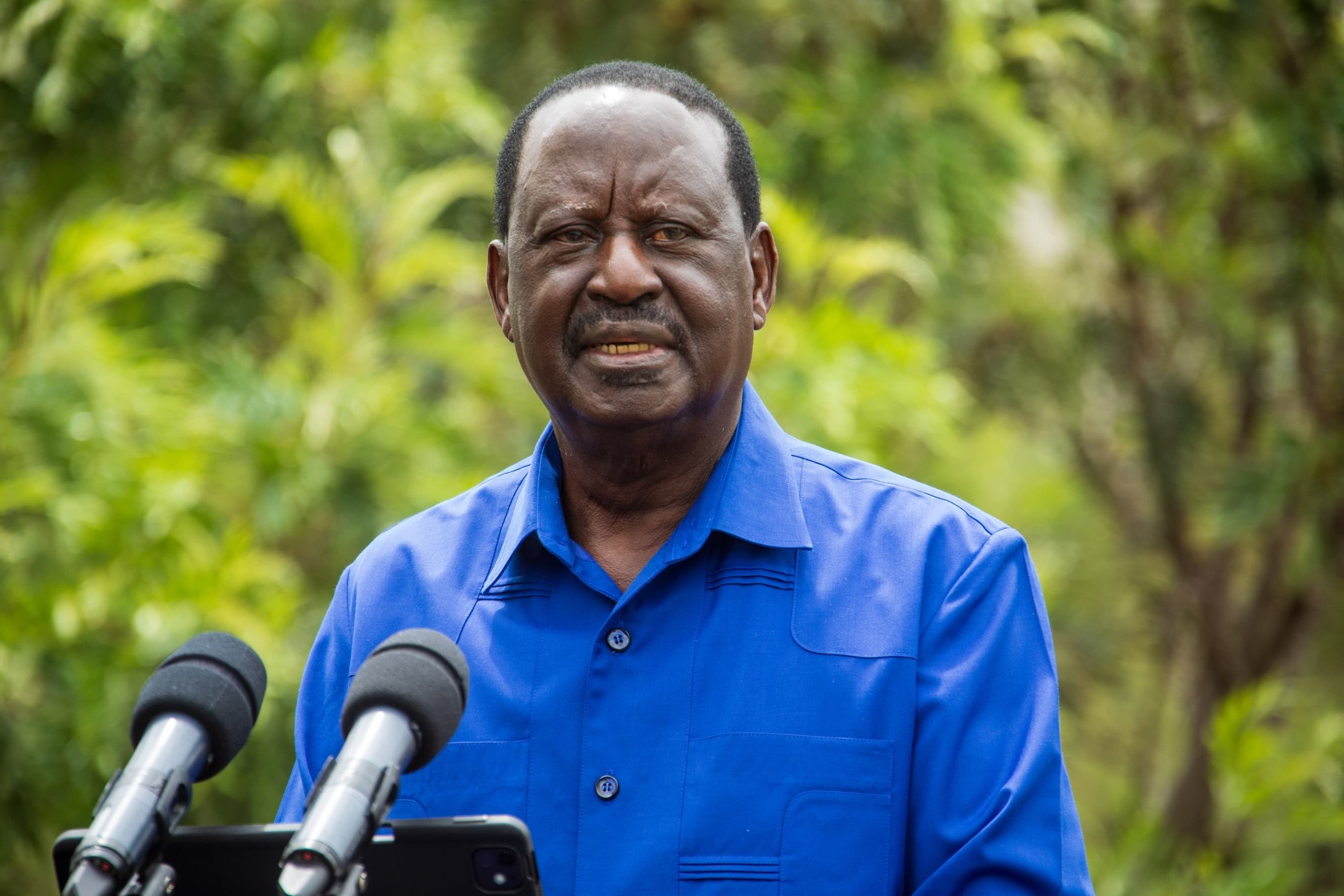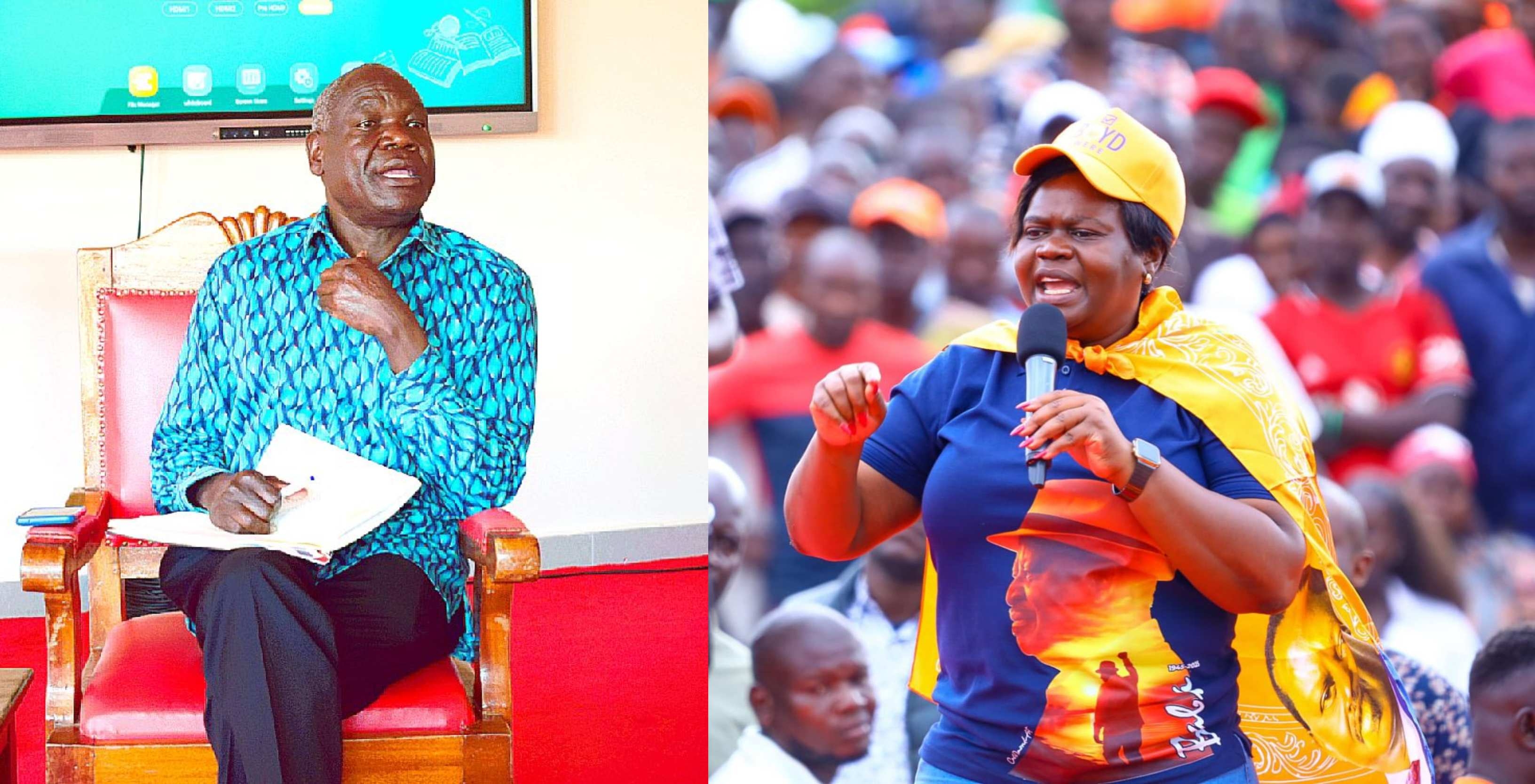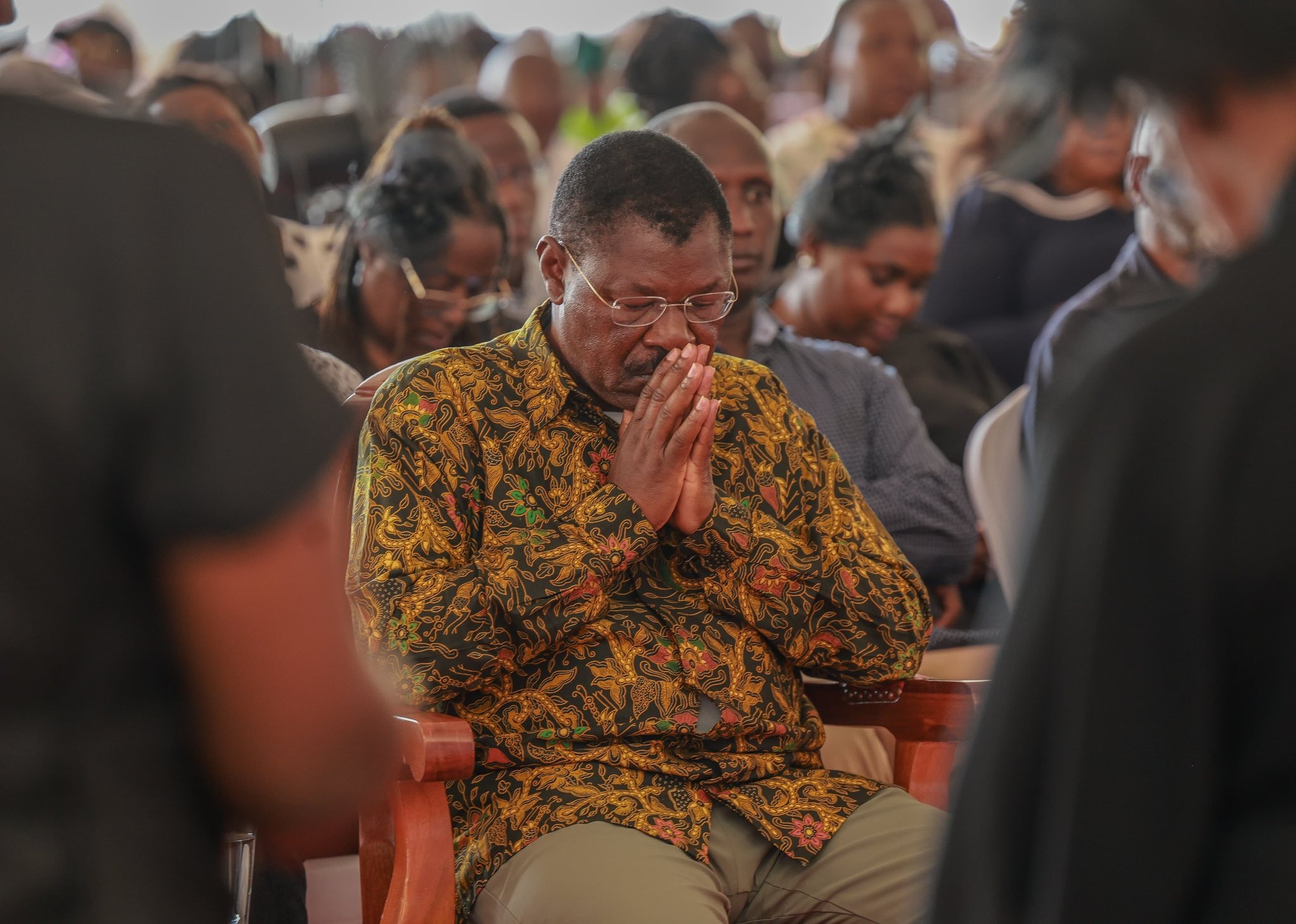Kenya remains tied to the government-to-government oil import deal until December, the Energy and Petroleum Regulatory Authority (EPRA) has said, as two more Oil Marketing Companies join the league.
This is despite caution by the IMF over exposure to risks, on the back of struggles to raise enough dollars to meet payments, with the scheme reported to yield little benefits mainly on curing the dollar shortage and easing pressure on the shilling.
EPRA director general Daniel Kiptoo has said the country is bound to the contract “until the end of the year”, meaning it cannot opt-out.
Two firms-One Petroleum Ltd and Asharami Synergy have joined Galana Oil, Gulf Energy and Oryx Energy, bringing the total number of OMCs in the deal to five.
“We now have five companies. The appointment of the nominated OMCs is the prerogative of the international oil companies. They can pick from any of the OMCs we have licensed,” Kiptoo told the Star, on the sideline of the Eastern Africa Power Pool meeting in Nairobi.
Gulf-based oil giants Saudi Aramco, Abu Dhabi Oil Company (ADNOC), and Emirates National Oil Company (Enoc) pick an OMC for each cargo being shipped to Kenya, Kiptoo noted.
Under the deal, the appointed OMC owns the product, which it receives at the Port of Mombasa and sells to peers in shillings before being supplied to retailers.
The shillings paid by local oil marketers are kept in escrow accounts managed by three local banks, which takes 180 days to collect enough dollars to pay suppliers in the Gulf.
The latest developments come even as the IMF estimates taxpayers’ exposure to the deal at around $400 million (Sh58.8 billion).
According to the IMF, the G2G oil import scheme continues to evolve but potential risks, including forex market segmentation, remain.
“A reasonable estimate of the government contingent liabilities stemming from the fuel import scheme is around 10 per cent of the maximum private sector obligation to fuel exporters or around$ 400 million (0.4 per cent of GDP),” IMF says in its report, following its January review on Kenya’s economy.
The scheme, which was initially for nine months, was extended for another 12 months to December 2024, including negotiating some favorable costing terms.
By mid-November 2023, oil imports under the scheme amounted to about $3.7 billion (Sh543.9 billion), and letters of credit worth of over $784 million (Sh115.2 billion) were settled.
Actual monthly average import volumes fell short of the monthly minimums agreed under the G2G scheme, owing to lower demand from Kenyan domestic and regional markets.
The exposure comes mainly on a volatile forex market, where despite the shilling gaining in recent weeks, following a successful Eurobond buyback, it is still weak compared to the same period last year, at Sh143.62 yesterday (CBK data).
It was exchanged at an average Sh126 same time last year when the deal was being mooted.
On the other hand, the issuance of letters of credit for the G2G oil import scheme led to a significant increase in off-balance sheet borrowing and lending by the letters of credit-issuing banks, IMF says.
“Staff continues to monitor the risks associated with this scheme, including potential segmentation of the FX market and implications for banks’ FX risks, and disorderly exit from the scheme in the absence of an exit strategy,” IMF said, “ Risks from the G2G oil imports scheme and contingent liabilities should be managed carefully.”
The scheme includes the issuance of letters of support by the government to domestic OMCs that also benefit the banks, financial institutions, credit insurance providers, lenders, and any hedging counterparties providing financing, insurance, refinancing or hedging to the OMC.
The fuel is imported on six-month credit, backed by commercial letters of credit (LOCs) issued by domestic banks and confirmed by international banks.
The Petroleum Institute of East Africa (PIEA) has however supported the deal, saying it has eased demand for the dollar, as dealers are paying for supplies in Kenyan shilling.
Petroleum products imports account for 30 per cent of Kenya's total dollar requirements.
Before the deal, payment of products under the Open Tender System (OTS) was in US Dollars purchased on the spot market over a short period, following receipts of products.
“This demand plus the increase in interest rates led to dollar shortages coupled with the depreciation of the Kenyan shilling. This dollar shortage led to delays in payment of cargoes, consequently leading to stock-outs and long queues at service stations,” PIEA general manager Wanjiku Manyara said.




